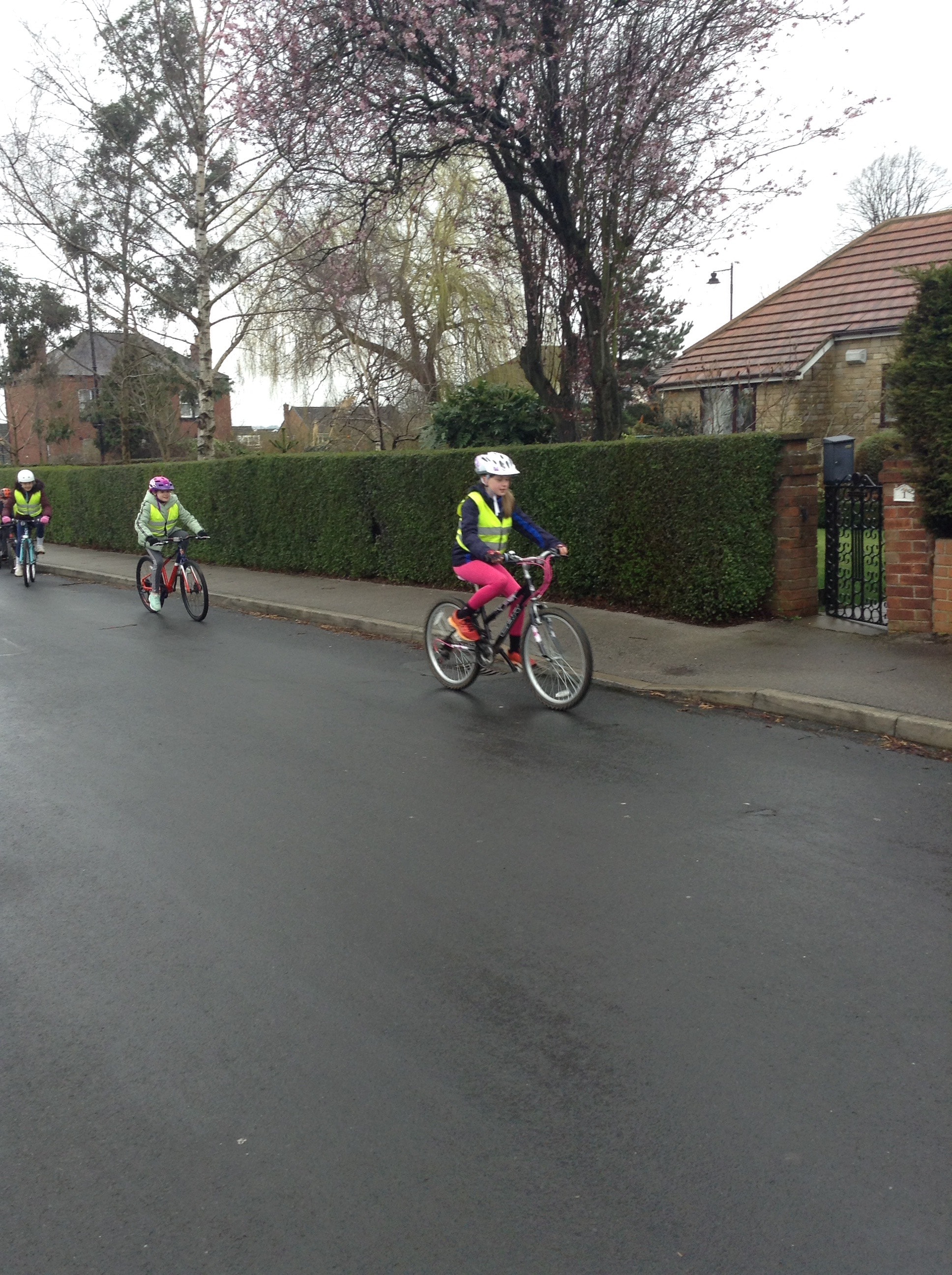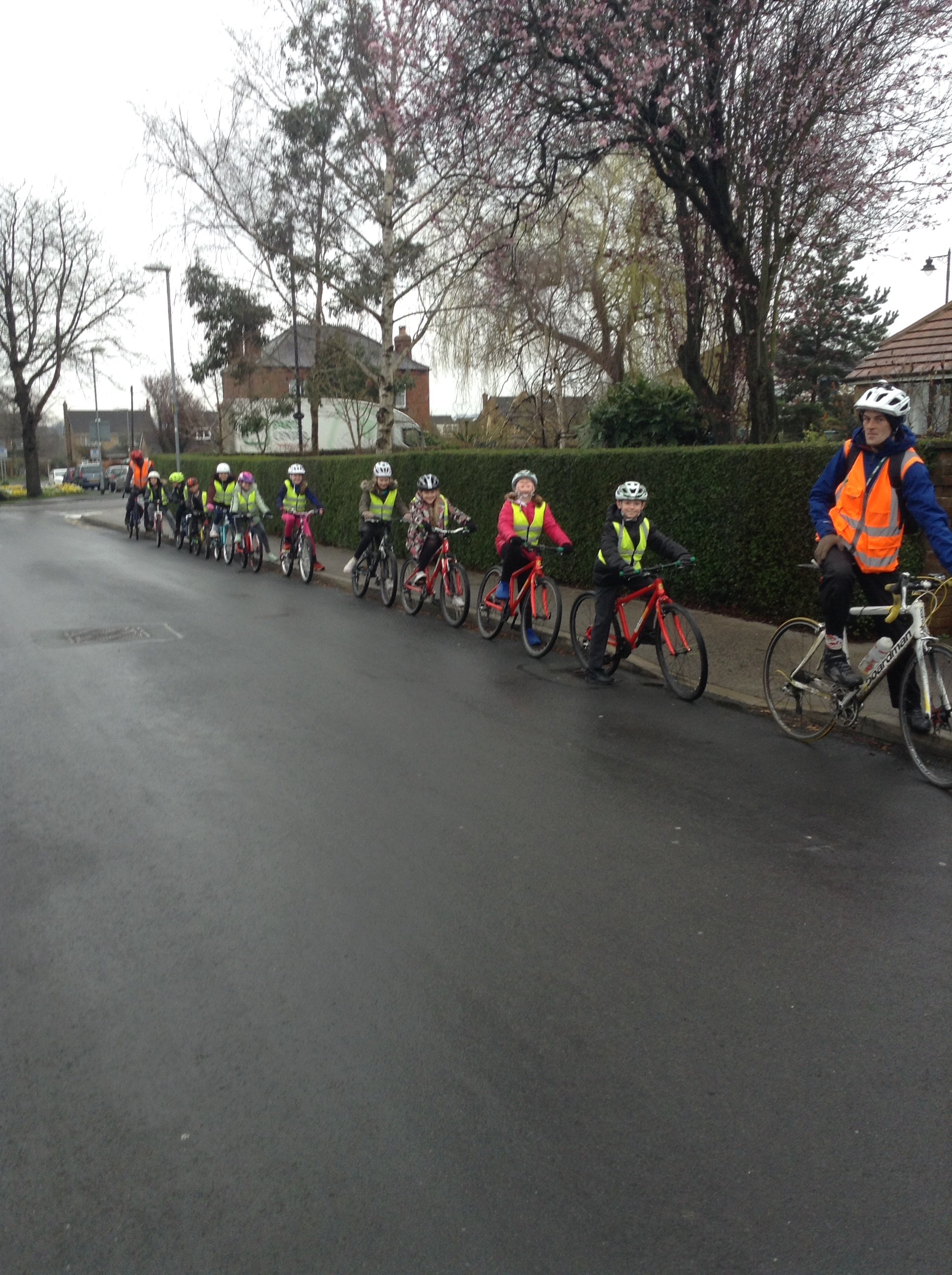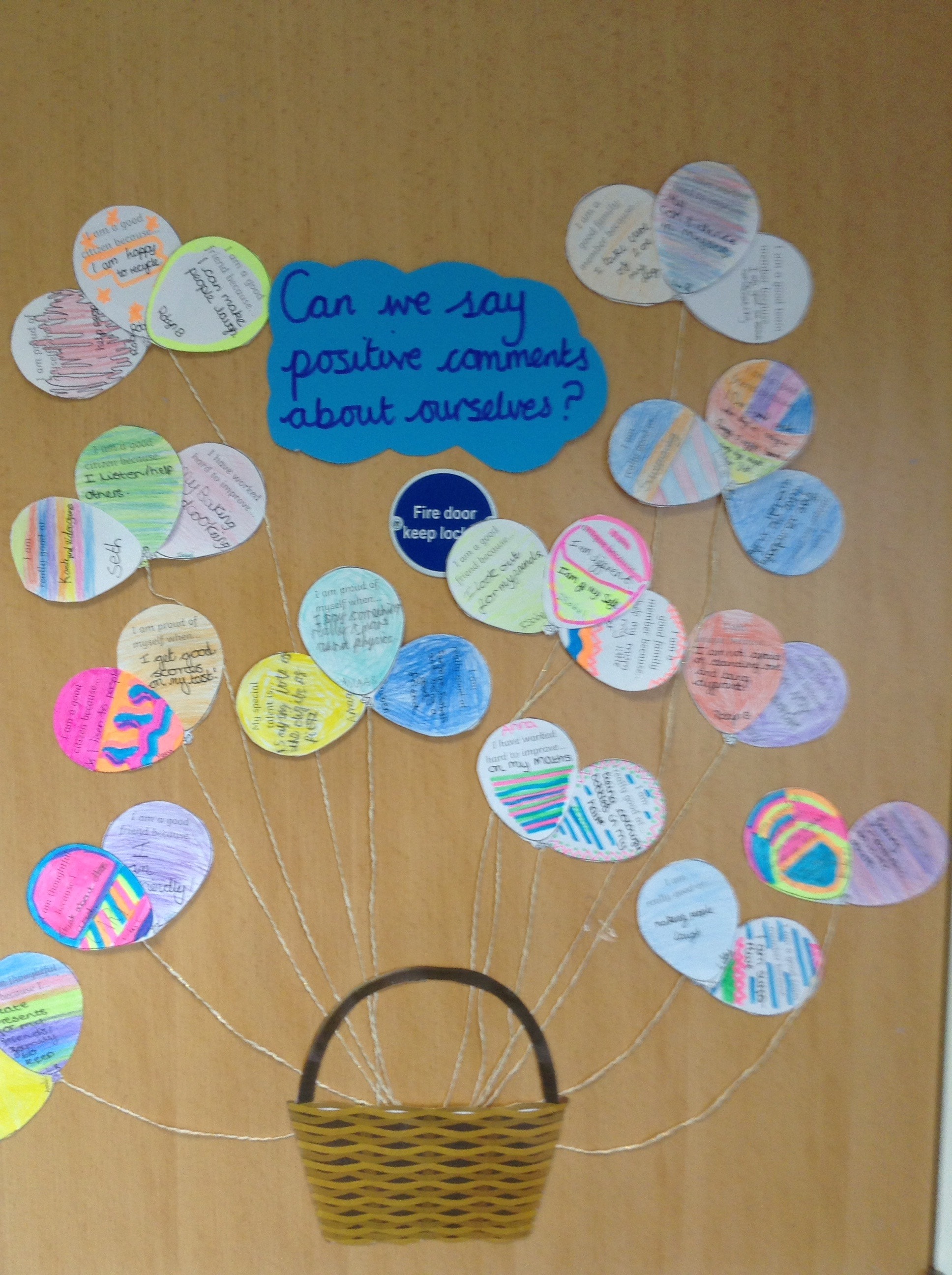World Book Day
The children enjoyed dressing up for World Book Day and talking about their favourite characters. We talked about our favourite books, shared them with children from other classes and enjoyed a reading assembly at the end of the day. Thank you for all the wonderful costumes!
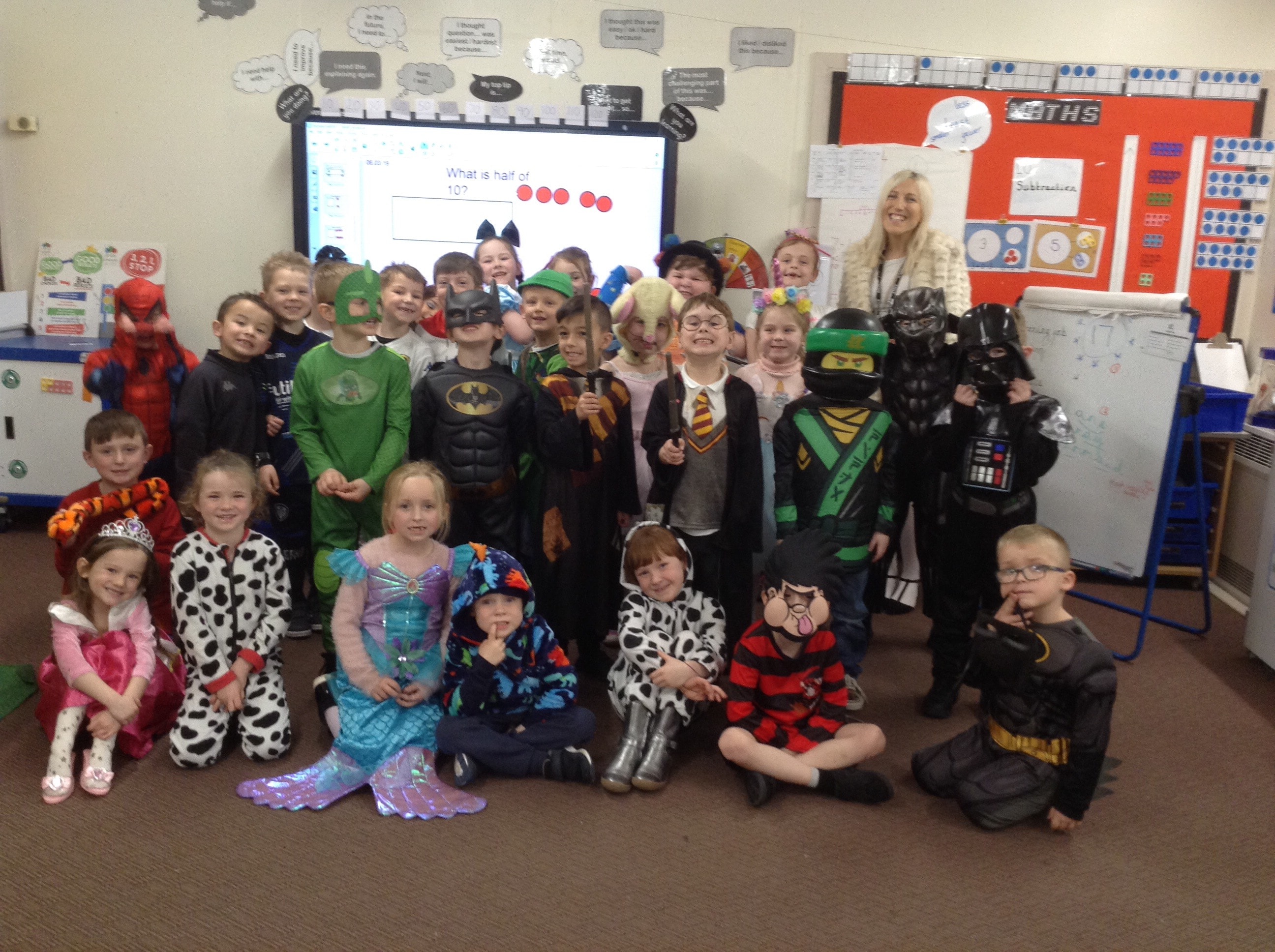
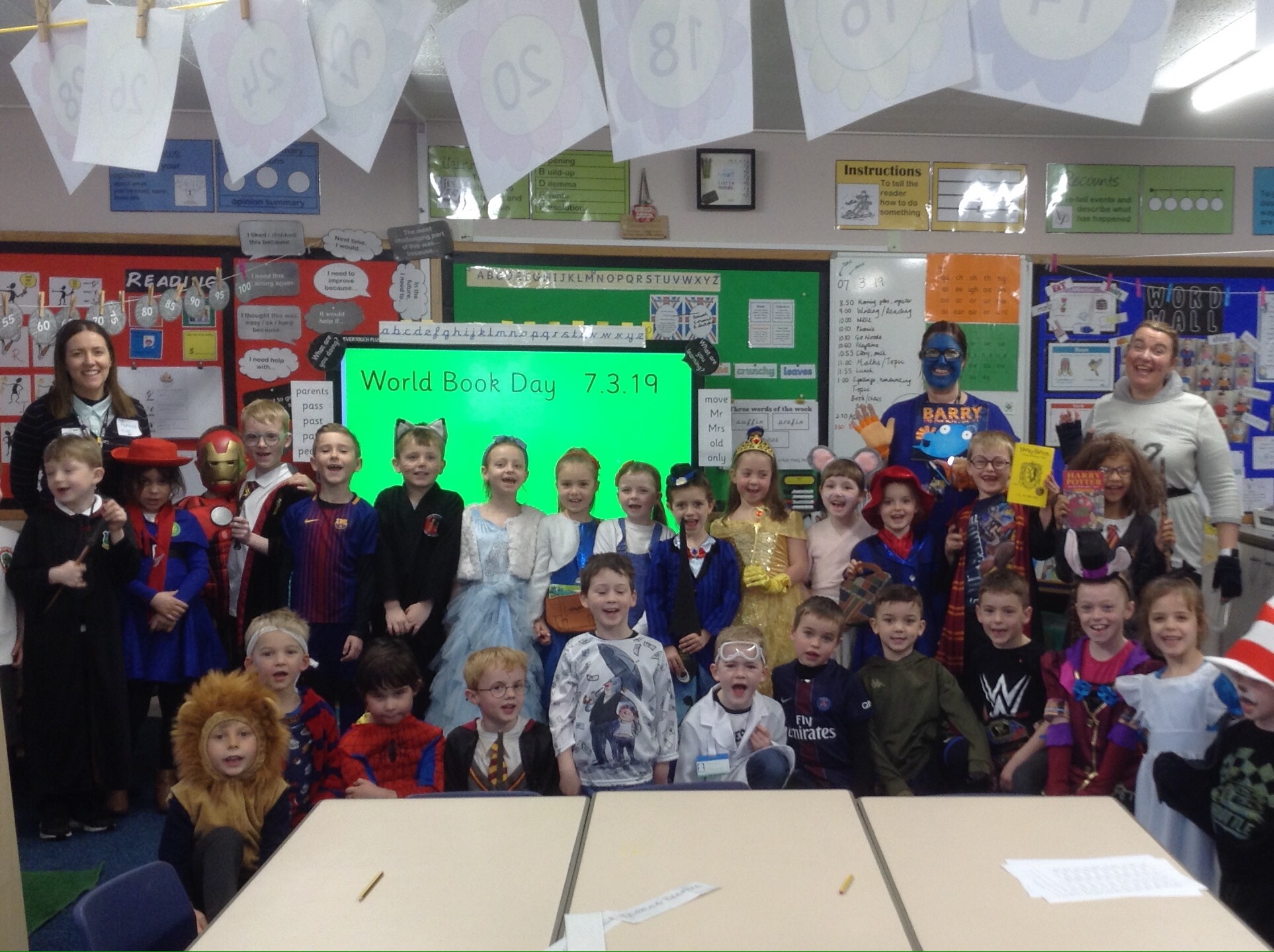
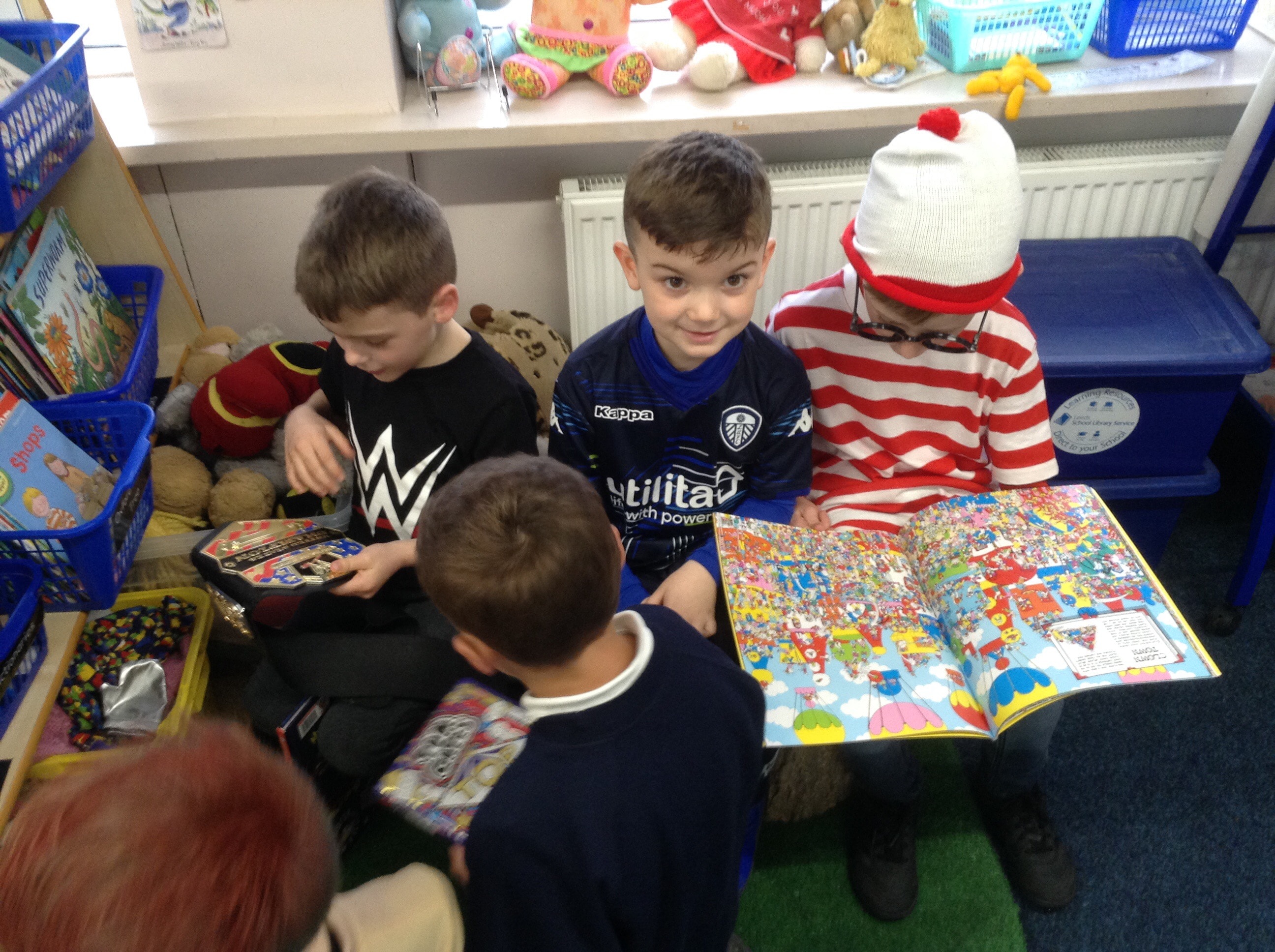
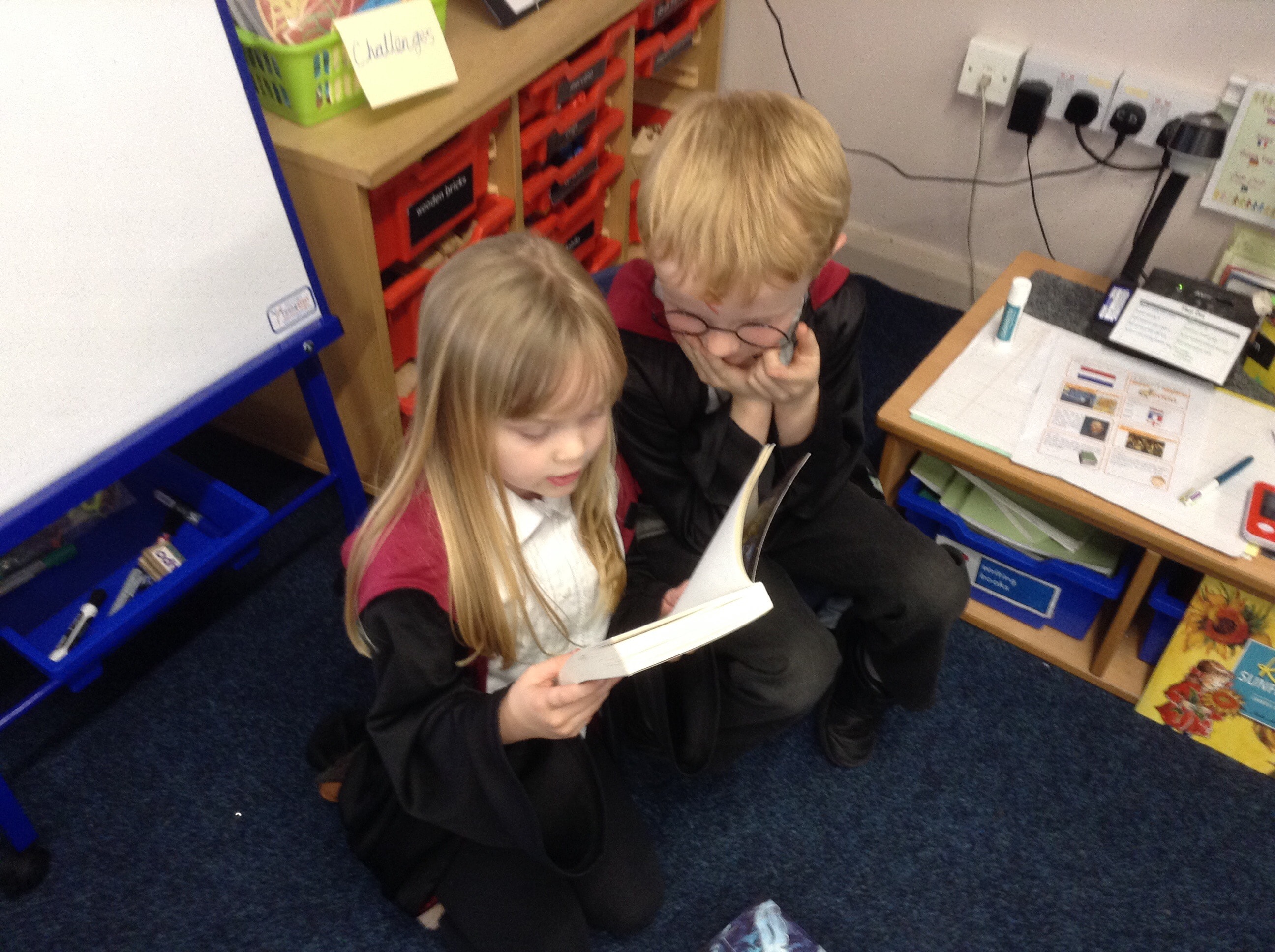
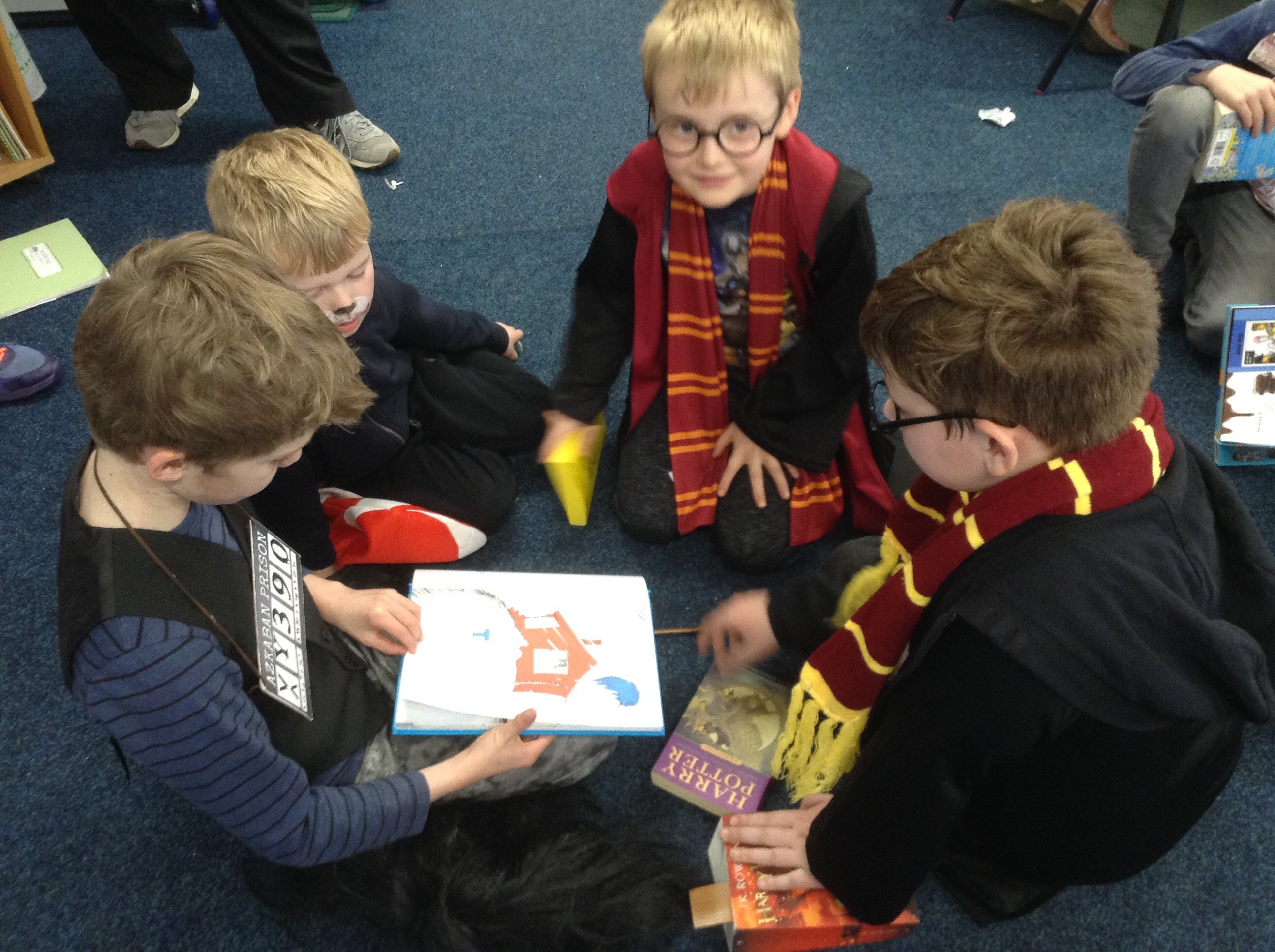
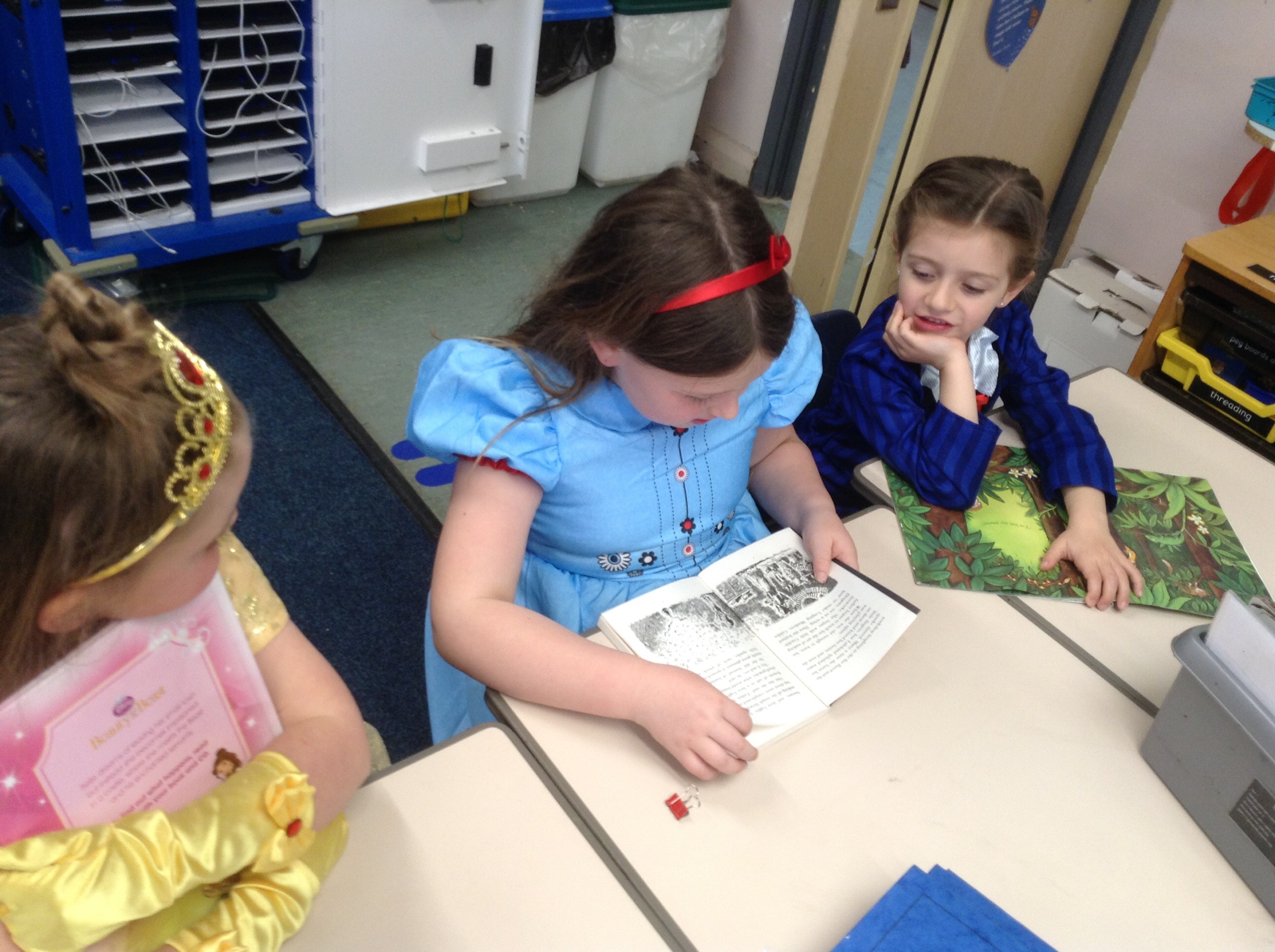
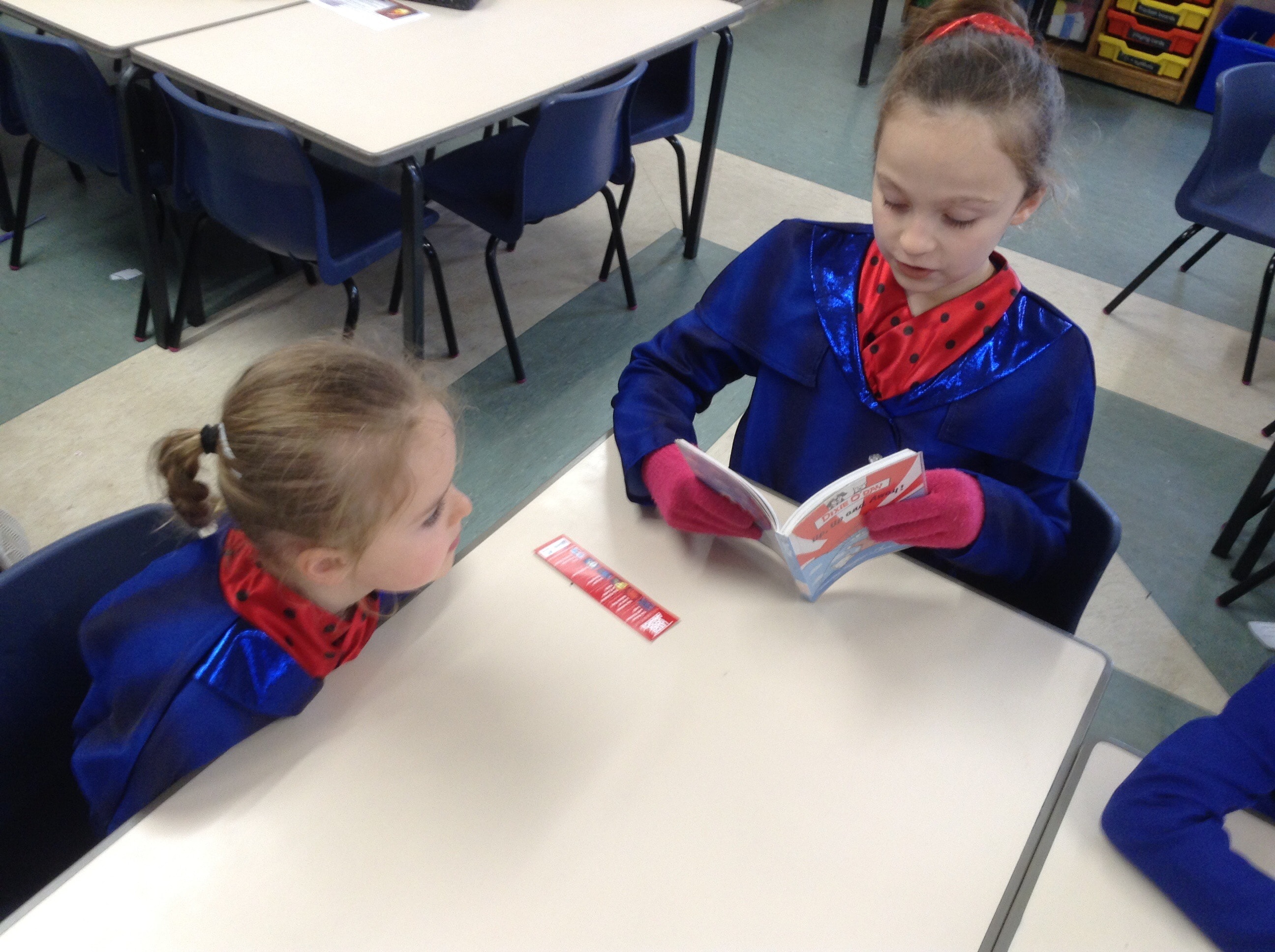
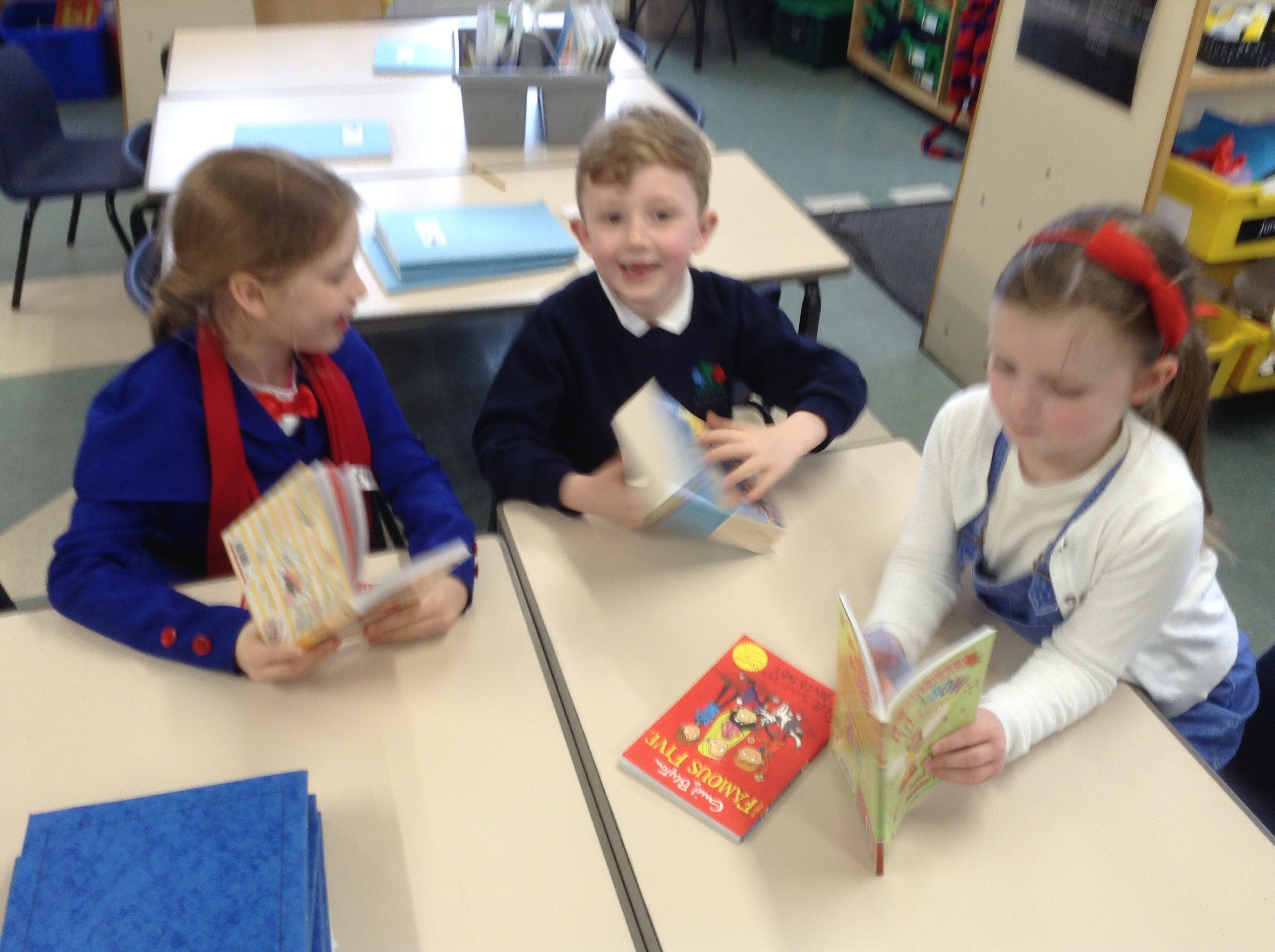
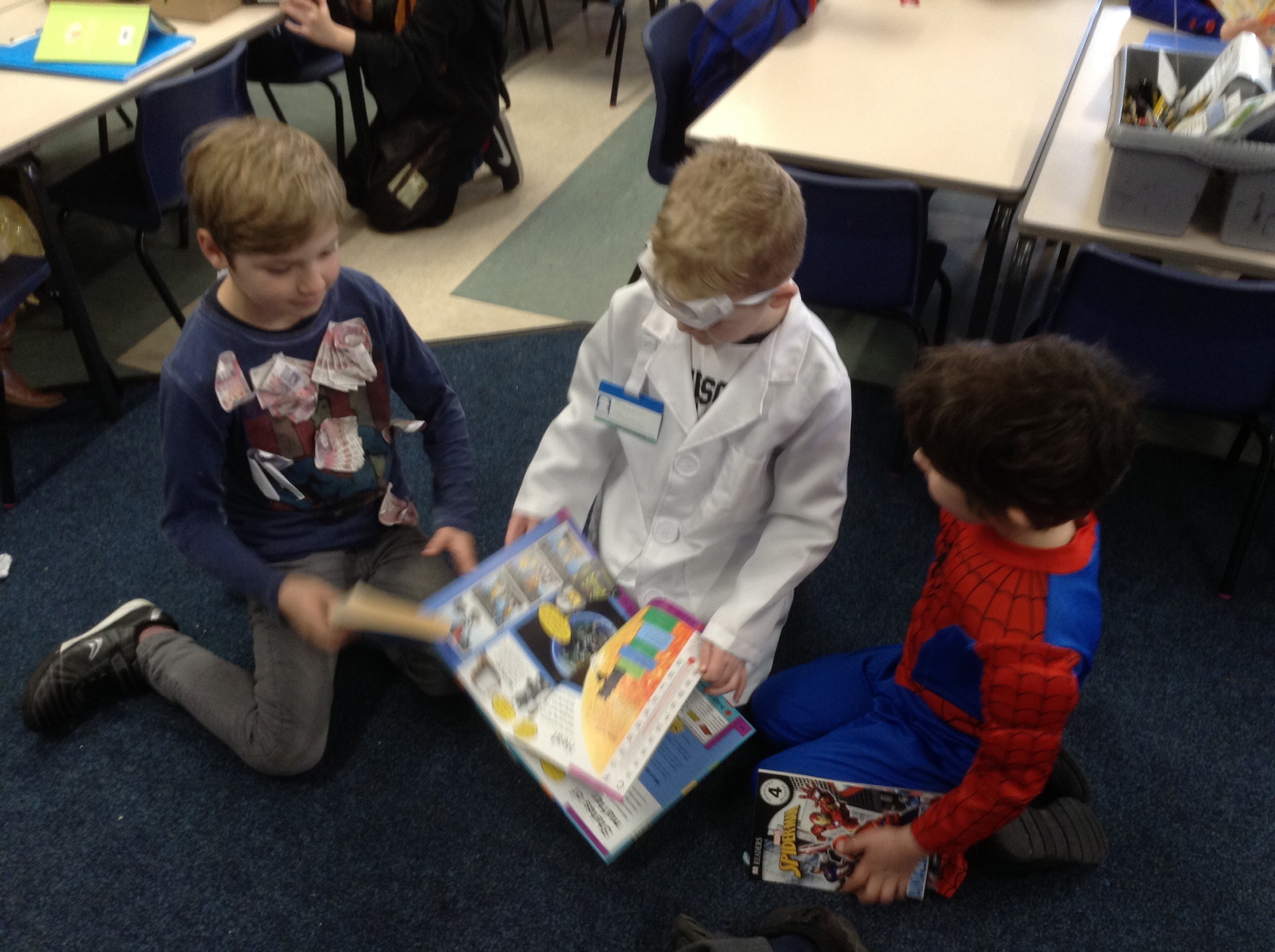
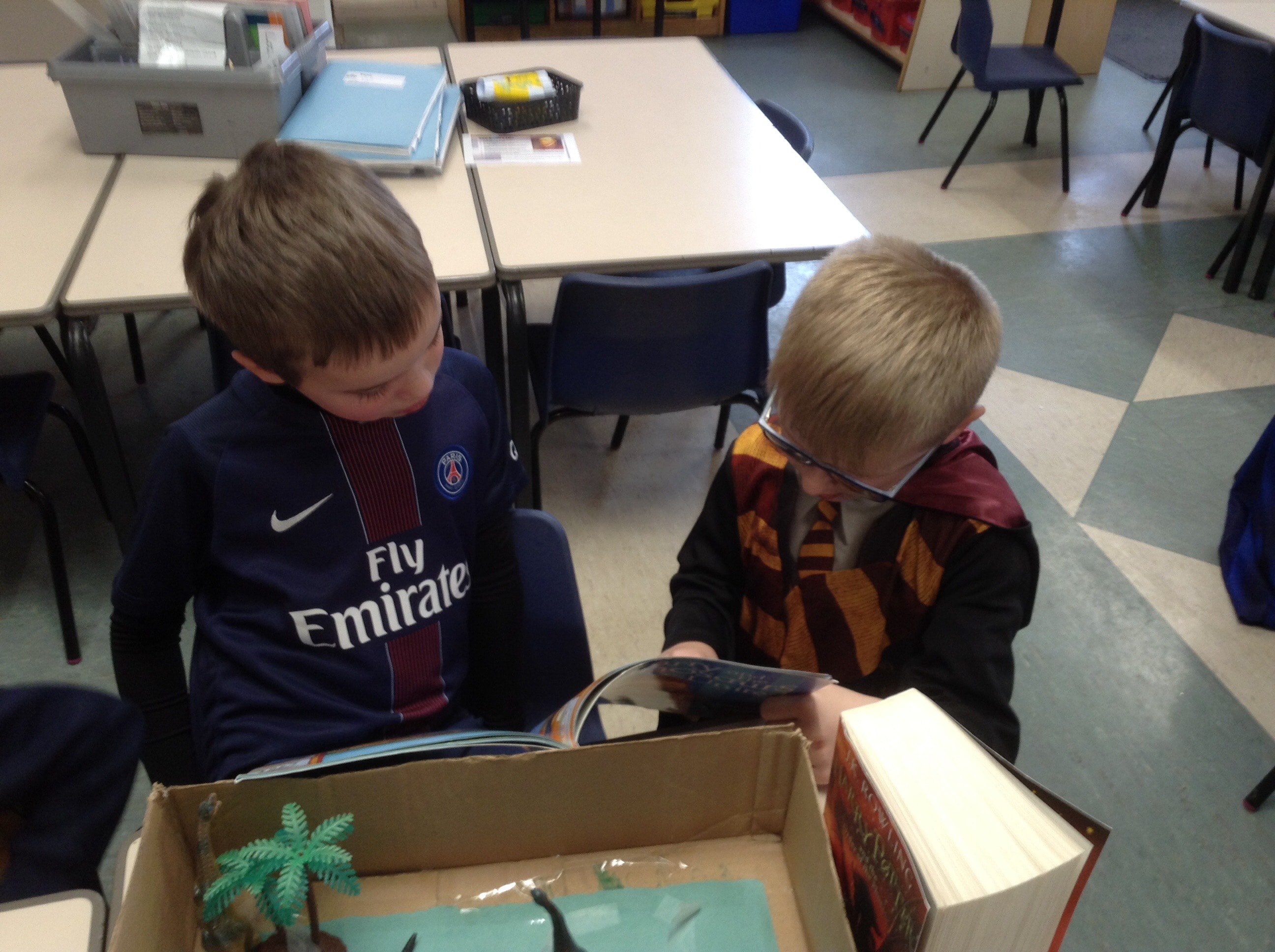
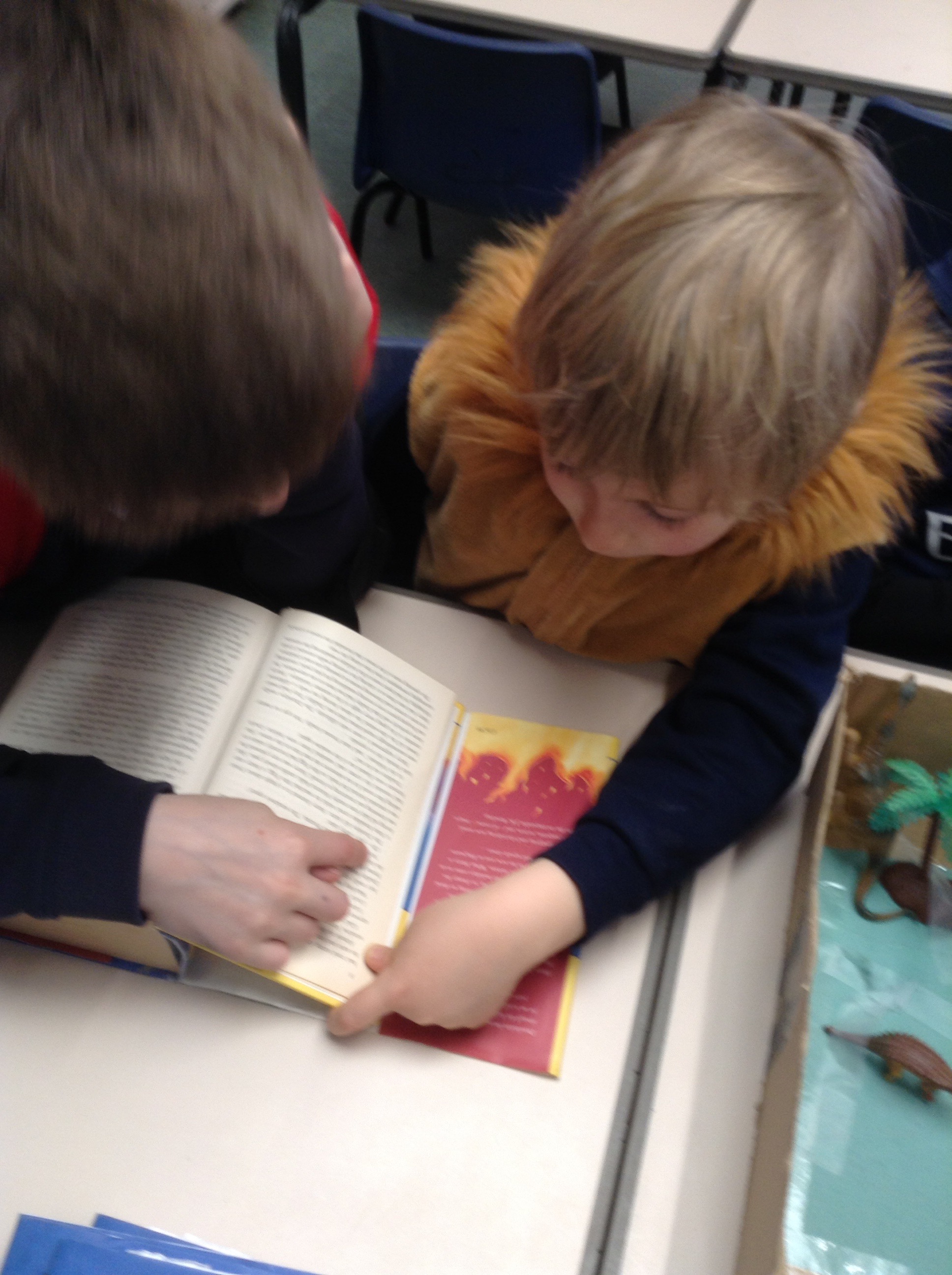
Book Day Fun
Thursday 7th March
We had a wonderful day today, full of smiles and creative costumes to celebrate World Book Day.


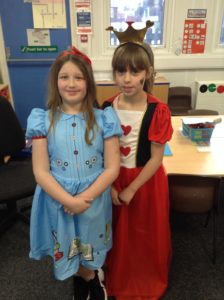


Can you guess who we are?


Harry Potter was THE most popular choice of costume .. 8 in just one class!
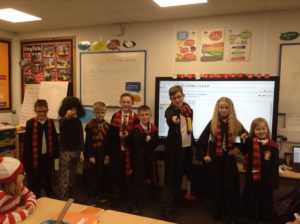

We shared our favourite books with friends.

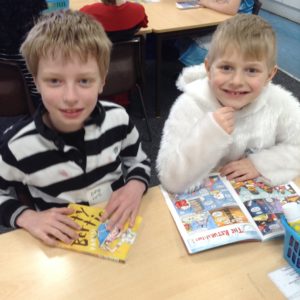
Thank you to everybody’s time and effort in making today great.
Sharing stories with Year 6 children for World Book Day
We had great fun dressing up as our favourite book characters on Thursday for World Book Day. Thank you for providing your child with a costume; they looked great!
It was lovely to see some parents staying for our ‘Stay and Read’ session in Nursery too. Thank you for joining us; children love it when you join in.
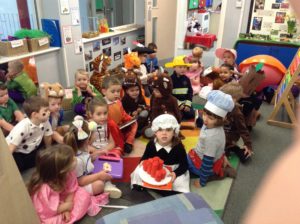
During the day, we enjoyed reading stories with the older children who came to visit us in Nursery. We talked about all of the characters that children were dressed as and read lots of their favourite books. It was evident that we love Julia Donaldson stories, especially The Gruffalo!
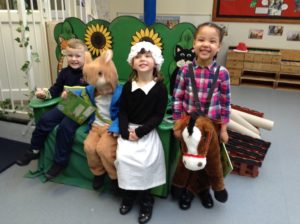
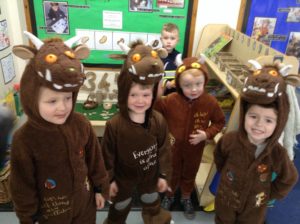
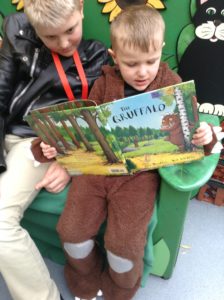

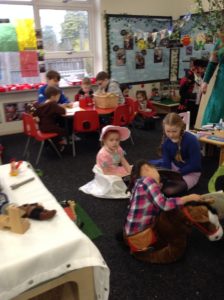
Guilty!
Yesterday, 3 little pigs attended Scholes Primary School Court charged with the murder of Mr B.B Wolf.

The three pigs defend themselves.
After days of speculation, the accused were finally forced to defend themselves in a ‘court of law’. The room, usually a classroom, was changed into a court where many people (including lawyers, witnesses, jurors, media representatives) crammed in to see the 3 pigs defend themselves.
After a heated courtroom debate, and a short deliberation from the jury, two of the pigs were found guilty. Interestingly, the youngest pig was deemed to have been coerced into killing the wolf and was left to walk free. One of the jurors declared: “It was clear for all to see that the oldest pig was the scheming mastermind behind this terrible chain of events. I hope he learns from his time at her majesty’s pleasure!”
More news to follow.




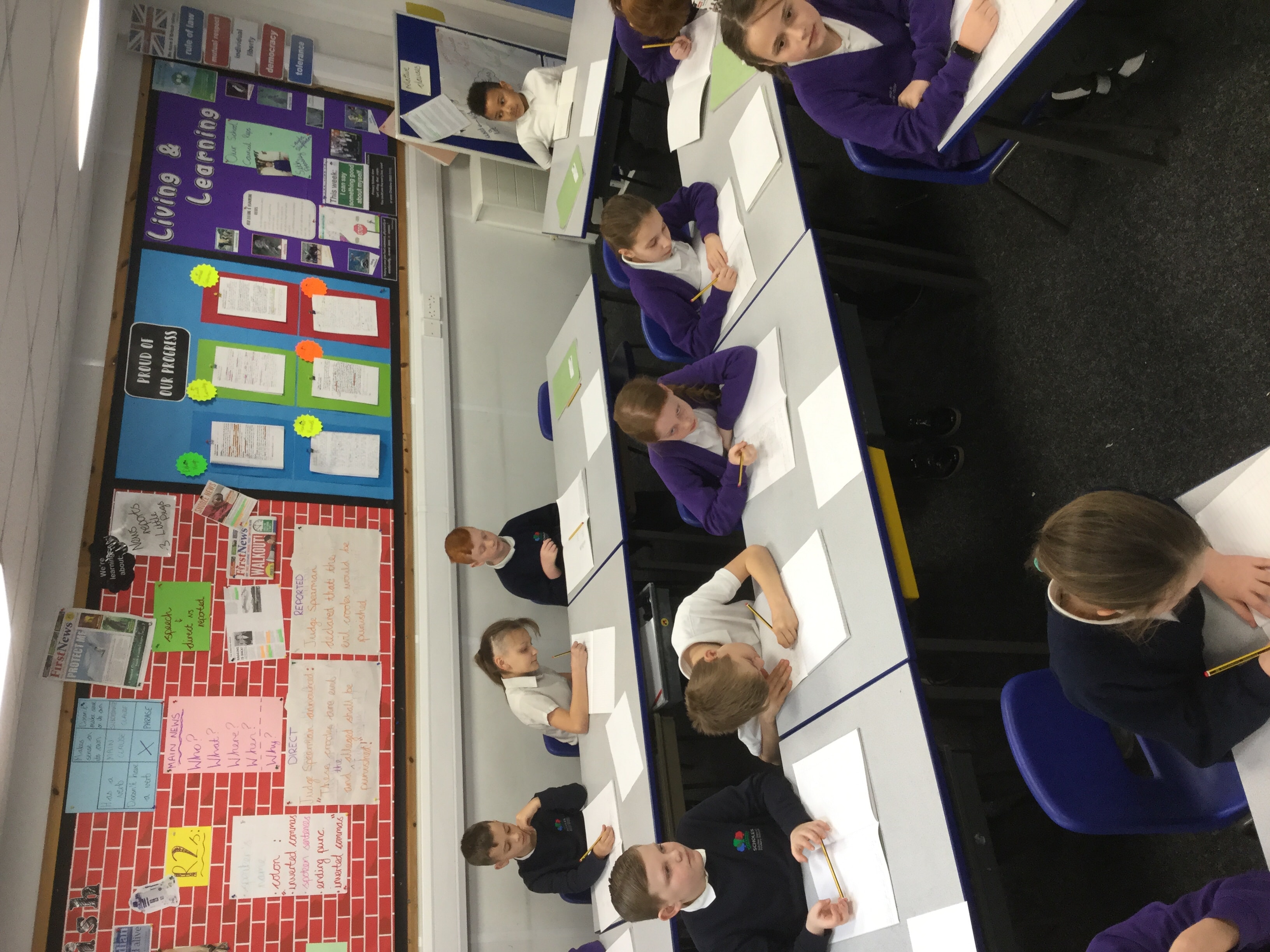






Ask your child what their role in court was.
Challenge your child by asking them what features of a news report they can spot in this post.
For an extra challenge, ask them to identify where the passive voice has been used in this post.
Bikeability
Year 5 have been braving the elements to take part in Bikeability. They have been learning how to safely cycle on the road and at junctions. We have seen a lot of resilience and determination over the past few days.
Living and Learning
Year 5 and 6 have been discussing the things they are good at. They had to identify how they were a good friend, their special talents and how they are a good citizen. They came up with some great qualities.
“I have worked hard to improve my self-confidence.”
” I am a good citizen because I recycle.”
“I am really good at feeling empathy for others.”
A busy first week back
Children settled into Nursery really well after the half term break. We enjoyed hearing about trips to Tropical World, Thomas Land and your family days out. Thank you for all of the photos that you sent to us.
We sang ‘Happy Birthday’ lots of times this week as part of our birthday themed learning. Children counted out the correct number of candles onto their playdough cakes, wrote birthday cards and practised their cutting skills when wrapping up presents.
We enjoyed listening to a story outside in the sunshine; we heard about a bear who just couldn’t wait until it was his birthday. He counted the sleeps each day. On his birthday morning, he woke up to find a trail of birthday balloons leading to his party. We loved this idea so much, that we made our own!

Outside, we made the most of the lovely, sunny weather. We created a ‘car’ wash and children waited patiently in line until it was their turn to go through the car wash or have their wheels cleaned. There was lots of communication and turn taking involved.
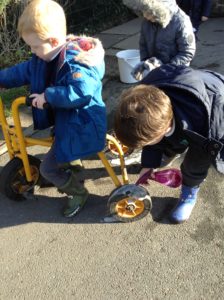
As you will have read from our previous post, we have noticed the beautiful spring flowers growing in our garden. Children showed lots of interest in gardening, especially in digging and planting. We followed this interest and bought some flowers to plant in the pots for the Nursery entrance. We looked closely at the roots before we planted the pansies and talked about what a plant needed to grow.

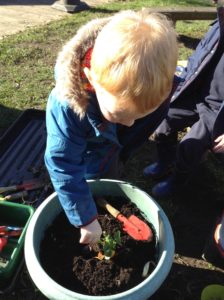

1,2V getting creative
Children were excited to add to their art work for our upcoming pop-up art gallery on Tuesday 25 March 3.30-4pm. All classes are getting the opportunity to get creative this half term.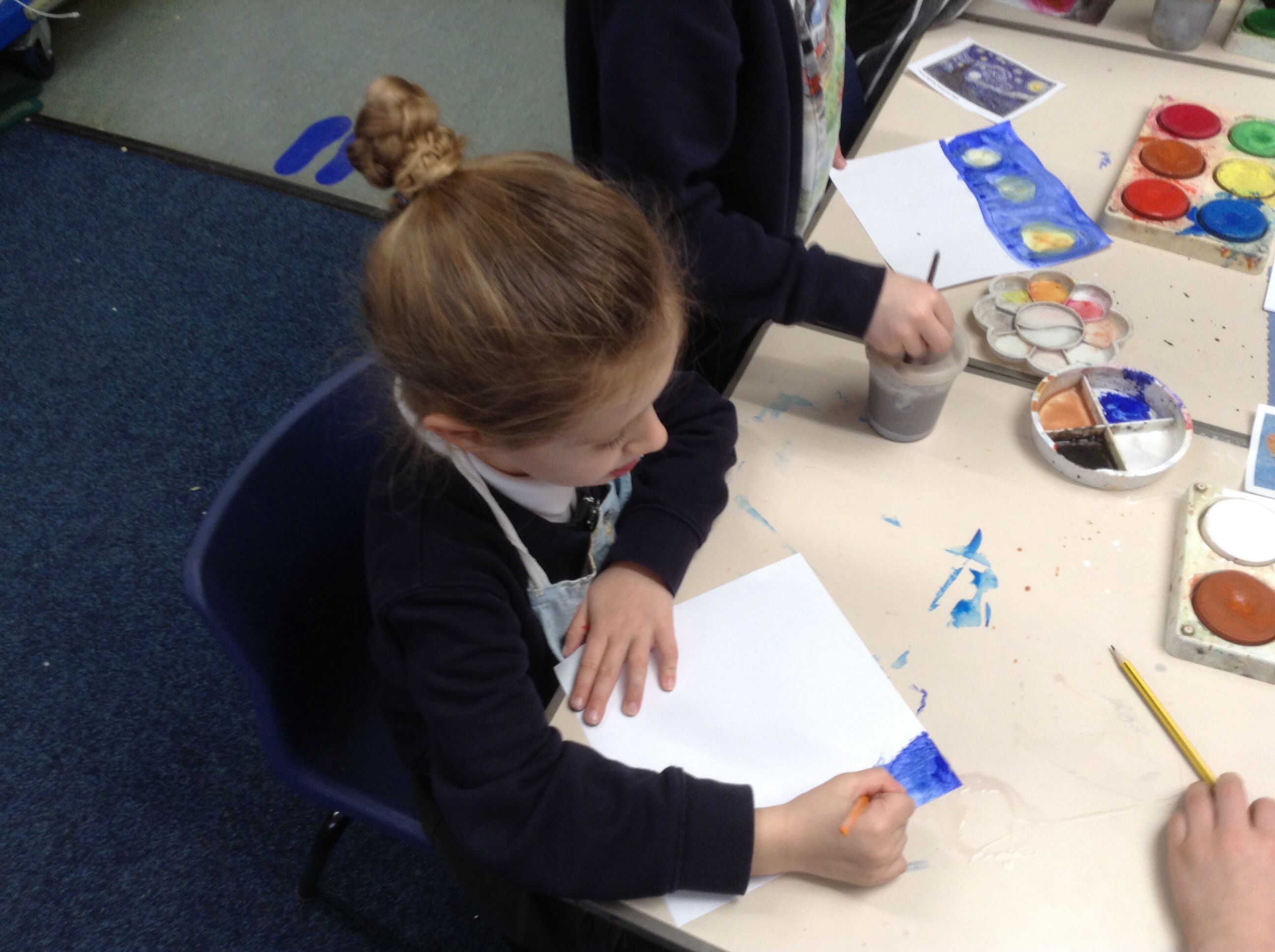
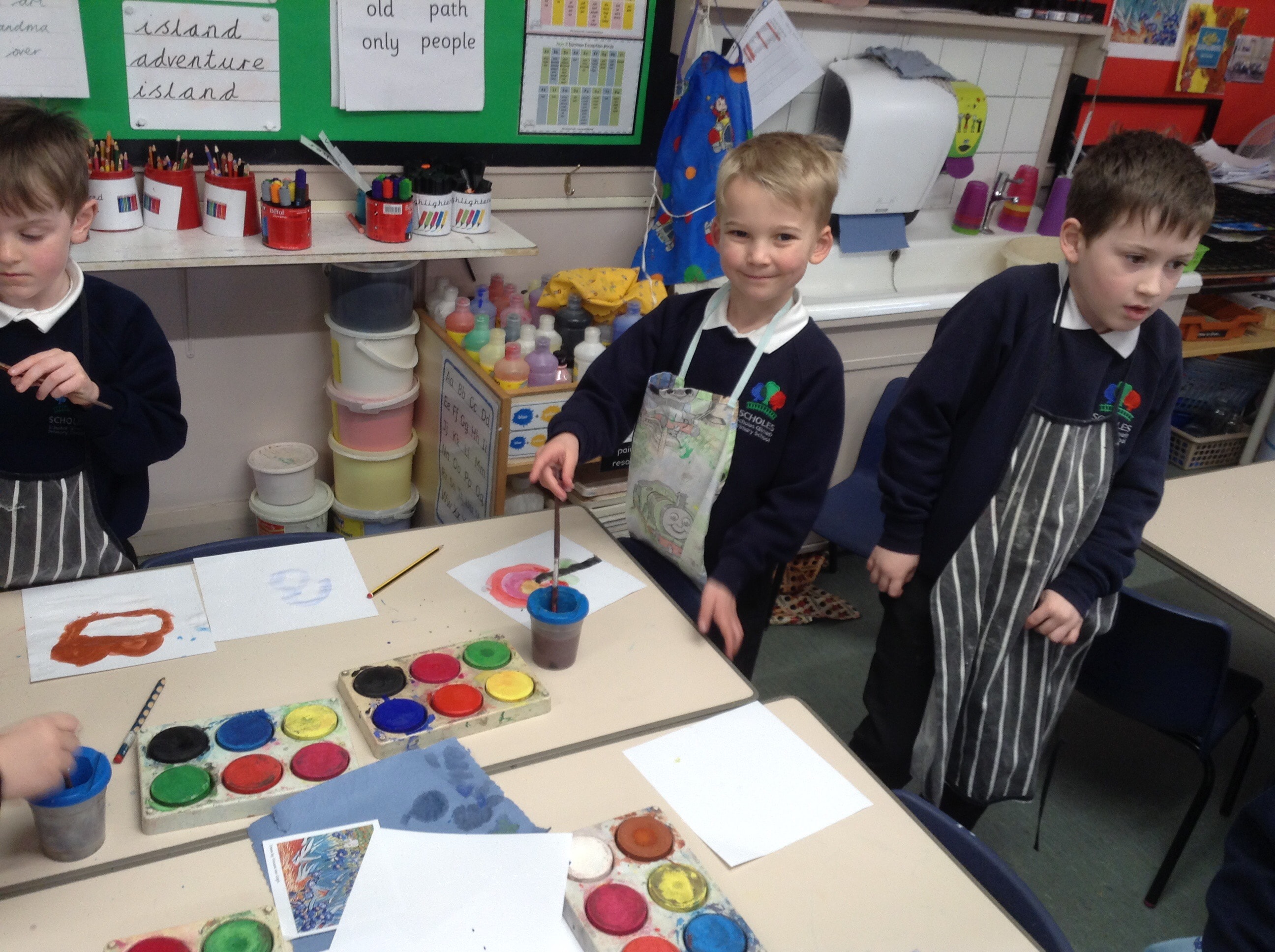
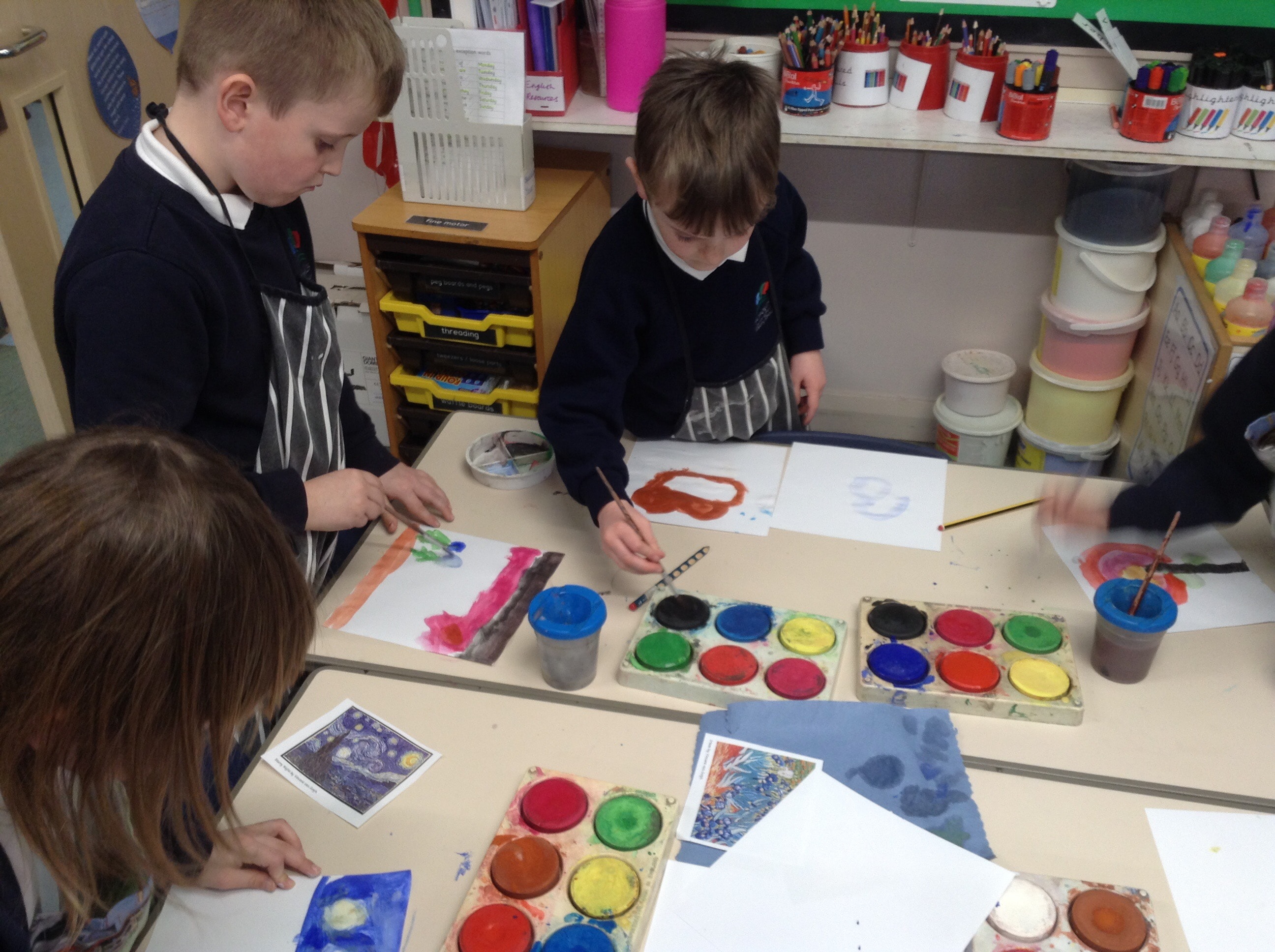
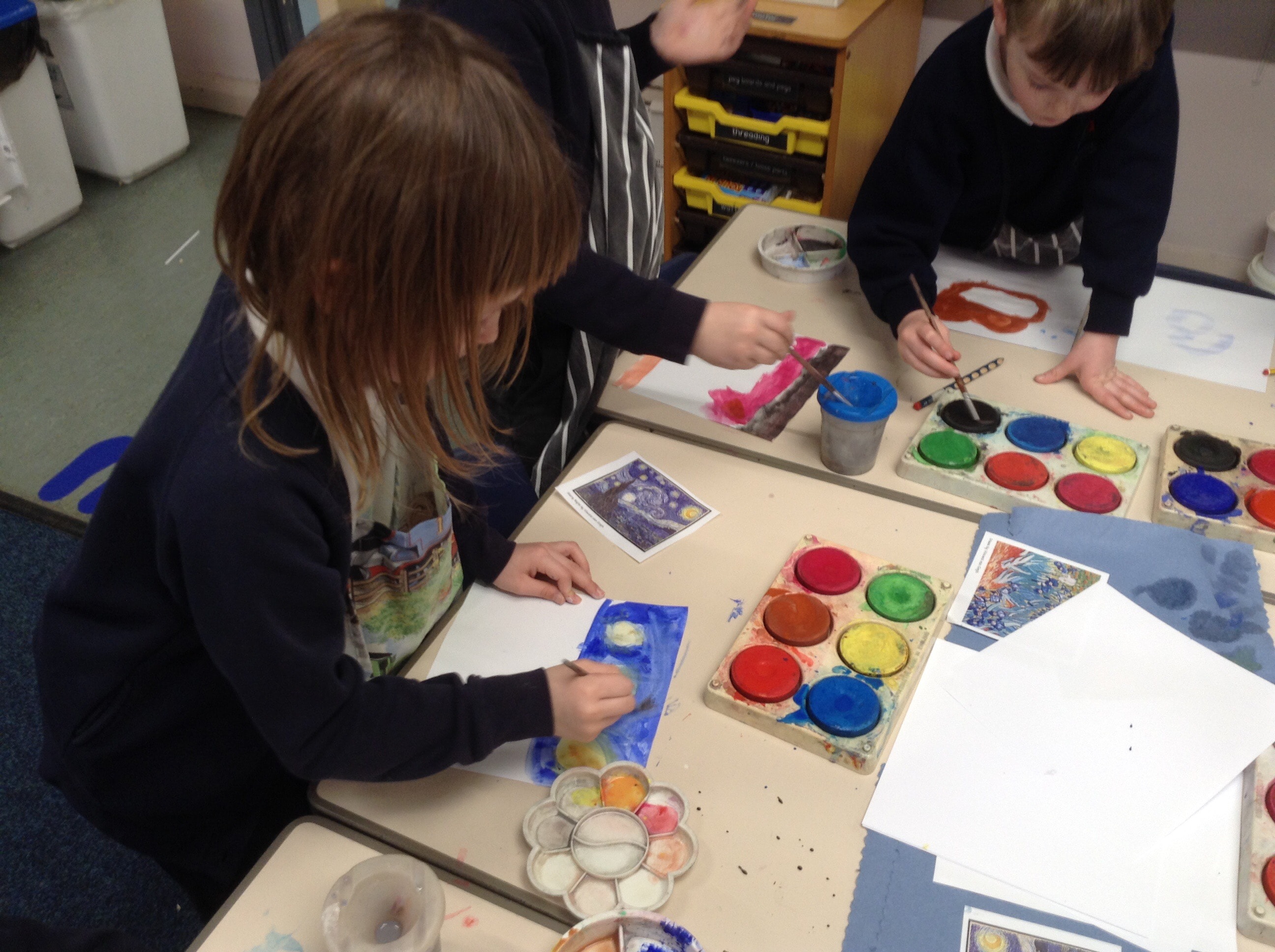
Living and Learning-I cover my mouth (when I yawn, cough or sneeze).
This week we have been thinking about manners. In particular, our living and learning weekly statement has encouraged our personal hygiene. Coughing and sneezing definitely spreads germs. We can’t all wash our hands every single time we cough or sneeze so we have a clever alternative: the vampire sneeze/sleeve. We simply cough, sneeze or yawn into our sleeves. Here some children are demonstrating the vampire sleeve.
![]()
![]()
When we yawn, we know it is polite to cover our mouths . We can do this through the covering of our mouths either by our hand or our sleeve.
Drama for Writing Workshop
On Monday and Tuesday, our children had a wonderful drama workshop by Leeds Playhouse, all about our current class novel, The Firework-Maker’s Daughter.
Paul, who led the workshop, quickly got the children into role and gathered them together as villagers from the story. Instantly, the children were transported to an emergency meeting in a village hall, somewhere in China, discussing the problem with the runaway, Lila – the Firework Maker’s daughter!

We decided on where we lived in the mountains and why we lived there…
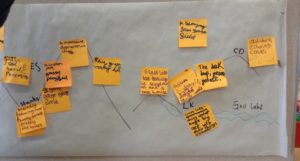
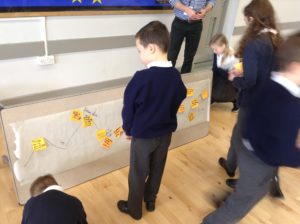
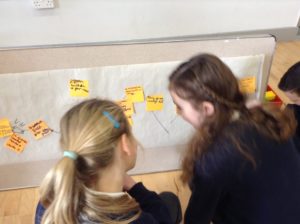
We met some fellow villagers ….

Then, we questioned Lila and her father …

As Lila, we climbed to the top of Mount Merapi in search of the Fire Fiend….


We captured our thoughts and feelings using our 5 senses.
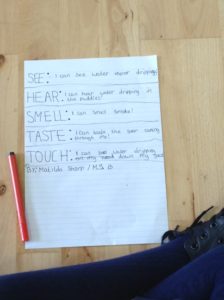
During the week, we’ve talked, tweaked and titillated our writing to produce quality extended pieces. We’ll post them when they’re all finished.
Well done, everybody!
